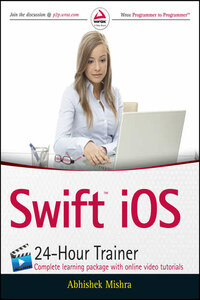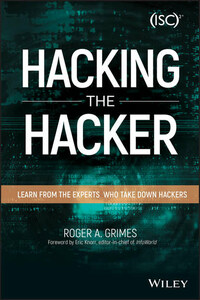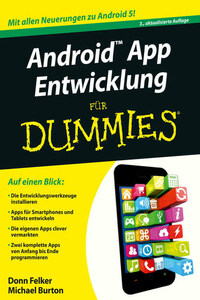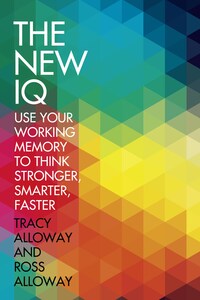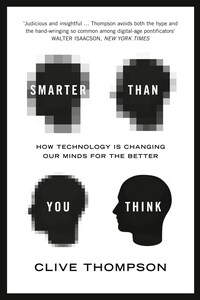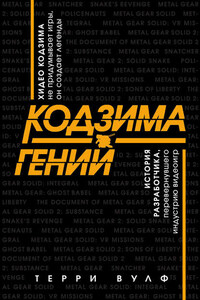When I first began learning iOS development, I started out like most developers, from the humble Hello World application. I was overwhelmed with new concepts, such as view controllers and table views. My background with C++ did not help much when it came to working with Objective-C, and I had to start from scratch. There was no book written on the subject and everything had to be learned from Apple's documentation and personal blogs.
Eventually I came to grips with Objective-C, and with practice, I grew more proficient. With the launch of iOS 7, Apple announced a new language called Swift, and it felt almost like going back to square one again, as I learned how to perform familiar tasks with a new language.
This book is written to help someone new to iOS development learn the basic concepts and (I hope) avoid making the mistakes I made when starting out myself. That being said, this book should also be useful for an experienced Objective-C developer who is looking to transition over to Swift. This book adopts a hands-on Try It approach, and you get to try out each new concept as you progress through the book.
iOS application development is a huge topic, and it is just not possible to include every single topic related to iOS application development in this book. When selecting topics to include in this book, I have tried to strike a balance between the absolute basics and more advanced topics such as Test Driven Development, CloudKit, and UI testing.
This book has been written for you, the reader. I hope that after reading this book, you can take your first steps into the wildly exciting world of iOS App development.
Who This Book Is For
This book is for beginners with little programming experience who want to pursue a career in the exciting world of iOS development. It is also for experienced Objective-C developers who want to learn Swift programming.
Although you do not need to have any prior programming experience, a little knowledge will help you move faster through the initial lessons, particularly the basics of object-oriented software development. If you are a more experienced developer, then this book can help you get up-to-speed with new concepts relating specifically to iOS 9 development and Swift.
What This Book Covers
This book covers iOS 9 application development with Swift 2. That includes development for both the iPhone and the iPad. The lessons in this book use XCode 7.0 and make use of new Swift features such as the guard let clause. All of the lessons use storyboards to construct user interfaces.
The book starts off with an introduction to the Swift language followed by lessons that will teach you how to perform common tasks such as displaying alerts, pickers, and collection views. Toward the end of the book, you will find slightly more advanced topics such as iCloud document storage, CloudKit, Test Driven Development, and UI testing.
The appendixes cover ways to test and deploy your apps, ranging from deploying a build to your personal device to distributing your app to beta testers via TestFlight.
How This Book Is Structured
This book consists of 33 short lessons and 3 appendixes. Each lesson introduces a single topic and ends with a step-by-step Try It section where you get to apply the concepts you've learned in the lesson to create a simple iOS application. The source code for the Try It exercises is available for download at www.wrox.com/go/swiftios. Lessons toward the beginning of the book are simpler and progress in complexity as you work your way through the book.
If you are an absolute beginner to iOS development, you should progress through the lessons from cover to cover, sequentially. If you have prior experience with iOS development and want to read this book for a particular topic of interest, then you can jump right in with the relevant lessons.
iOS development is a vast topic and no single book can cover everything related to iOS development. However, several lessons contain sources for where to find additional information on the web.
When you're finished reading the book and watching the accompanying videos, you'll find lots of support in the P2P forums.
Instructional Videos
Learning is often enhanced by seeing in real time what's being taught, which is why most lessons in the book have a corresponding video tutorial available at www.wrox.com/go/swiftiosvid. And of course it's vital that you play along at home – fire up Xcode and try out what you read in the book and watch on the videos.
Conventions
To help you get the most from the text and keep track of what's happening, I've used a number of conventions throughout the book.
NOTE
Boxes like this one hold important, not-to-be forgotten information that is directly relevant to the surrounding text.
REFERENCE
References like this one point you to other lessons in the book, the book's website, and the instructional videos that accompany a given lesson.
As for styles in the text:
• I highlight new terms and important words when they are first introduced.
